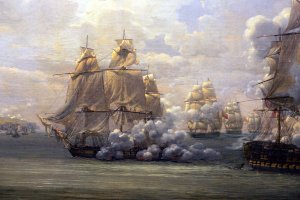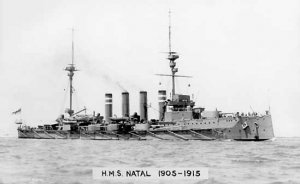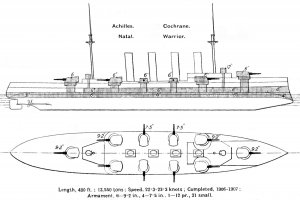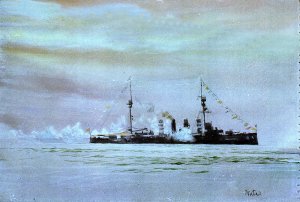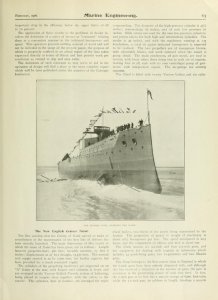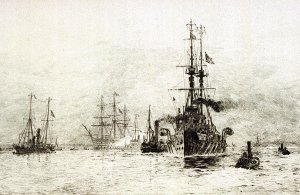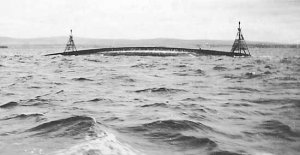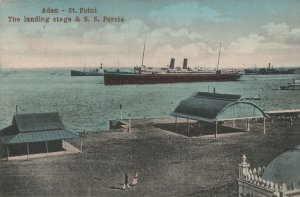Today in Naval History - Naval / Maritime Events in History
28 December 1943 - The Battle of the Bay of Biscay was a naval action that took place on 28 December 1943 during World War II as part of the Atlantic campaign.
The
Battle of the Bay of Biscay was a naval action that took place on 28 December 1943 during
World War II as part of the
Atlantic campaign. The battle took place in the
Bay of Biscay between two light cruisers of the British
Royal Navy, and a destroyer and a torpedo boat
flotilla of the German
Kriegsmarine hoping to intercept and escort a
blockade runner. The battle was fought as part of the Allied
Operation Stonewall which was to intercept German blockade runners off the west coast of France. In the confused action that followed the two British cruisers
HMS Enterprise and
HMS Glasgow respectively sank
T26, together with her sister ship
T25 and the destroyer
Z27
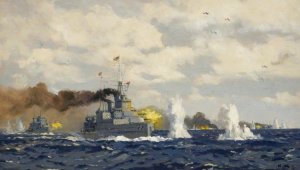
The Battle of the Bay of Biscay, 28 December 1943
Background
In late December 1943 a German
Kriegsmarine destroyer flotilla, reinforced by six large
Elbing-class torpedo boats were ordered to the Bay of Biscay in order to escort into a French port the
blockade runners Osorno and
Alsterufer which were carrying vital cargo from
Japan. The Germans code named this Operation
Bernau. The blockade runner
Osorno reached the
Gironde on 26 December, but struck a wreck in the estuary after being attacked by the
RAF. She was beached and subsequently unloaded offshore. Meanwhile,
Alsterufer, carrying
tungsten (
Wolfram) and
rubber, was still much further behind.
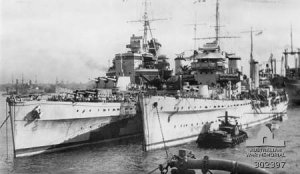
HMS
Glasgow and
Enterpriseshown together in 1942
Korvettenkapitän Franz Kohlauf sailed from
Brest on the morning of 27 December with the torpedo boats
T23,
T24,
T26 and
T22. The 8th Destroyer Flotilla under
Kapitän zur See Hans Erdmenger put out from the
Gironde with destroyers
Z24,
Z37,
Z32 and
Z27, accompanied by two torpedo boats,
T25, under the command of
Korvettenkapitän Wirich von Gartzen, and
T27.
The British Admiralty were also aware of the impending arrival of
Alsterufer through the decryption of German
Enigma messages at
Bletchley Park and sent out dispatches to the nearest ships in the area for the interception. The closest ship, the light cruiser
HMS Glasgow which had sailed from the
Azores on 24 December was soon joined by
HMS Enterprise. In support, but further away;
HMS Mauritius had been ordered out from
Gibraltar;
HMS Penelope steamed past
Lisbon; and
HMS Gambia was in the Western Atlantic.
By 04:00 the next day the 4th Flotilla was 300 miles due south of
Cape Clear, the 8th Flotilla standing to the south and were ready to meet
Alsterufer. She was however nowhere to be seen, but the German flotillas were completely unaware that during the previous afternoon a
B-24 Liberator bomber of
No. 311 (Czechoslovak) Squadron RAF had attacked and set
Alsterufer on fire. Abandoned by her crew, the ship was finished off by Liberators of
No. 86 Squadron. This released the
Glasgow and
Enterprise, who were some 300
nautical miles south-west of the German forces and were now steaming eastwards along the
45th Parallel.
Just after midday, Erdmenger's 8th Destroyer Flotilla sighted Kohlauf's 4th Flotilla to the east, whereupon the torpedo boats turned east astern of the northernmost destroyers, taking station on their
port side.
Battle
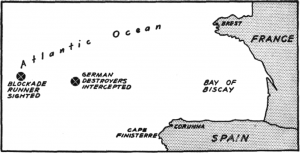
General map of the battle
Allied aircraft had already reported the position of the German ships about 1300. About the same time a lone German
Focke-Wulf Fw 200 Condor sighted and attacked both cruisers only to be repelled by anti-aircraft gunfire. The German aircrew immediately turned north-east, reporting the position of the British cruisers more than half an hour later to Erdmenger. Captain Charles Clark on HMS
Glasgow, assuming that he had been reported then also turned north-east, working around Erdmenger's position to intercept. The sea was becoming rougher and the wind had increased to 30
knots, making sailing difficult for the destroyers and torpedo boats.
Sailing into rough seas and gale force winds,
Glasgow sighted the destroyers at 1332 hours at a range of 16 miles. The two cruisers then intercepted at
flank speed and altered course to cut the German ships off from their base.
[6] Soon after Clarke gave the order for
Glasgow to open fire with her
6-inch 'A' and 'B' turrets using her
Type 273 radar for ranging.
Enterprise opened fire a few minutes later. The two leading German destroyers however remained unscathed as shells splashed 100–150 metres from their targets. The Germans counter-attacked:
Z23 launched six torpedoes, three from each bank of tubes, when the range was down to 17,000 metres, but missed. Both destroyers also opened up with their
15 cm guns and their first shots fell only 200 metres over on Glasgow's port quarter. At about 1405 hours, a German shell hit
Glasgow which exploded in 'A' boiler room, killing two members of the port
pom-pom crew and wounding six others.
Enterprise was continually straddled by near misses.
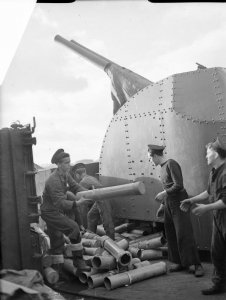
Sailors aboard HMS
Glasgow clear cartridge cases ejected from the twin
4 inch Mark XVI guns
By 1418 hours both of the German flotillas were involved in the fight. The 4th Torpedo Boat Flotilla attempted to attack with torpedoes a number of times but was frustrated by the heavy seas.
Z32 and
Z37 turned towards the cruisers, and closing to 12,800 metres, launched six and four torpedoes respectively as the cruisers continued to give heavy and accurate fire. The torpedo attack forced
Glasgow to make an emergency turn to port as the track of one torpedo passed no more than thirty metres from her port quarter and two more near the port side.
Enterprise had by this time separated from
Glasgow and both acted independently.
[9] After the torpedo attack, the destroyers
laid smoke and then retired back towards the flotilla line. The formation was as follows:
Z32,
Z24,
Z37,
T23,
T27,
T26,
T22,
T25,
Z27 and
Z25 while
Z32 and
Z37 being off to port in the course of their torpedo attack.
The German force then split up, whereupon
Glasgow reversed course at 1435 hours to chase the northerly group of destroyers;
Enterprise had already altered course to the west to head them off.
[9] The Germans then launched another torpedo attack but shortly after
Z27 had fired hers, she received a shell hit from
Enterprise which struck the boiler room, passing through an oil bunker which caused a huge fire. Clouds of steam gushed from her forward funnel as her speed fell off. After being hit she fired her second salvo of four torpedoes, but all missed.
Glasgow meanwhile concentrated on
T25, which soon after sustained hits in the region of the
aft torpedo tubes, the
Flakvierling and the
3.7 cm flak platforms, which killed or wounded all their crews. Then a second shell struck the German torpedo boat, which completely destroyed the mast as well as the funnel.
T25 was now a sitting duck and requested
T22 to attempt to come alongside and take off her crew.
Glasgow shifted to
T26, which was quickly
bracketed by near misses.
T22 had both cruisers on her port side, and, in an effort to drive them off while she closed in on her damaged consort, she fired her full spread of torpedoes and opened fire with her guns. The torpedoes passed harmlessly by their targets, and as
T22 turned to starboard towards
T25, she too was bracketed by near misses.
T22 abandoned the rescue after suffering another hit, then laid smoke, fired her guns and withdrew to the south-west.
T26 was still under fire and was soon severely hit in the boiler room, and as
T22 laid smoke to screen her, the damaged ship signalled that she was sinking;
T22 turned northwards and broke away.
[9]
The two cruisers reversed course, chasing and soon catching
T26. Clarke ordered
Enterprise to finish her off while he turned
Glasgow north again to look for the other damaged German vessels, particularly
T25.
Glasgow soon came across not
T25 but
Z27, drifting and silent. Closing to
point-blank range,
Glasgow fired, hitting the destroyer's magazines. The hit caused a large explosion which killed Erdmenger, his staff and the captain. At the same time
Enterprise finished off
T26 with a single torpedo and then moved in for the kill on
T25. The German ship's bridge and upper deck were a twist of metal and her after superstructure wrecked but she remained afloat.
Enterprise closed to 3000 metres, firing her guns and then fired a torpedo; within minutes
T25 was an abandoned, burning and sinking wreck.
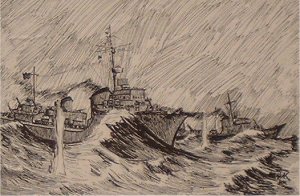
A sketch from
Z27 of
T25 and
T26 being shelled during the battle (
National Maritime Museum of Ireland)
Aftermath
The two British cruisers met up once more and, seeing no further signs of the German squadron and having accounted for three of them at no significant damage to themselves, withdrew toward
Plymouth. They arrived on the evening of 29 December, low on both fuel and ammunition.
Glasgow had received one hit that killed two crew members and wounded another three, while
Enterprise had no real damage except for shell splinters.
The two German survivors,
T22 and
Z23, reunited and headed towards
Saint-Jean-de-Luz near the Spanish border. The rest of the German ships headed back to the
Gironde.
Only 283 survivors of the 672 men on the three sunken ships were rescued: 93 from
Z27, 100 from
T25 and 90 from
T26. British and Irish ships, Spanish destroyers and German
U-boats took part in the rescue. About 62 survivors were picked up by British minesweepers as prisoners. 168 were rescued by a small Irish steamer, the
MV Kerlogue, and four by Spanish destroyers, and they were all
interned. Morale for the German Navy was lowered even further when news filtered through of the battleship
Scharnhorst being
sunk in the North Cape marking a sour note to the end of the year for the Kriegsmarine.
As it turned out,
Osorno was the last of the blockade runners to get through. Three other German blockade runners were sunk between 3 and 5 January 1944 by Allied patrols in the South Atlantic. The Germans thereafter ceased all surface blockade running and switched to movement by
submarine; these became known as
Yanagi missions.
https://en.wikipedia.org/wiki/Battle_of_the_Bay_of_Biscay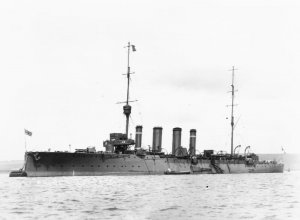









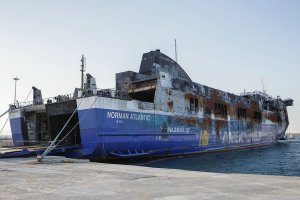
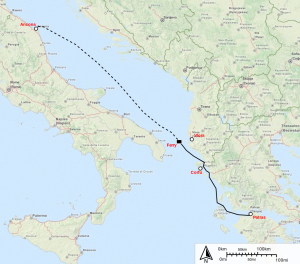
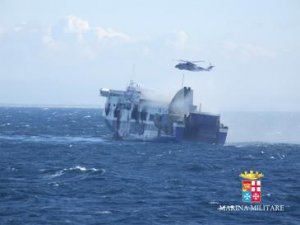
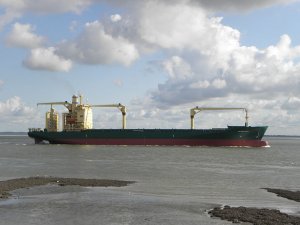

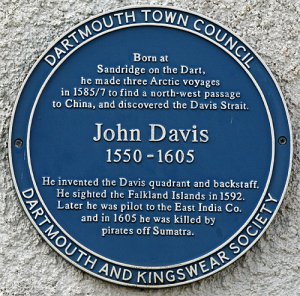
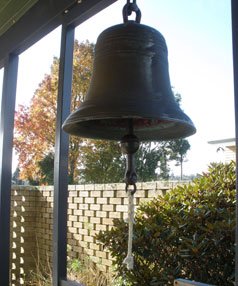


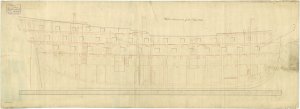


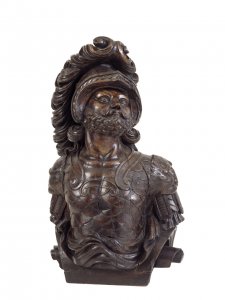
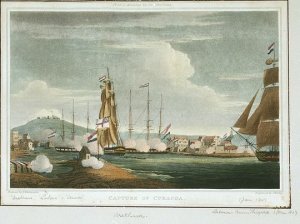
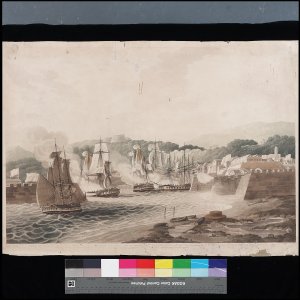
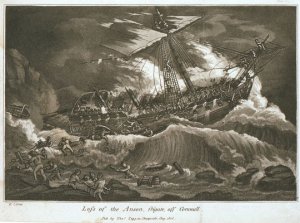

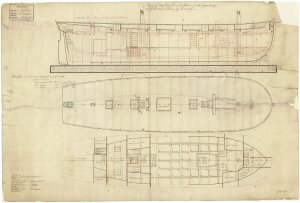
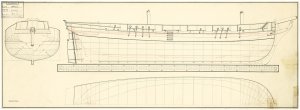
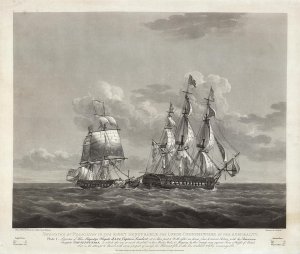
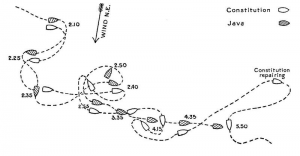
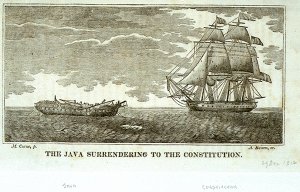
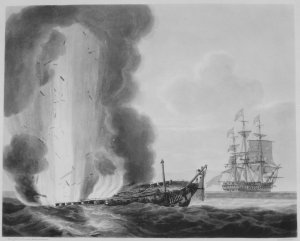
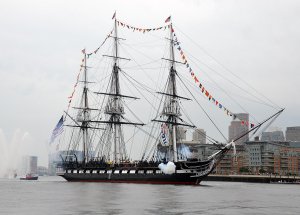
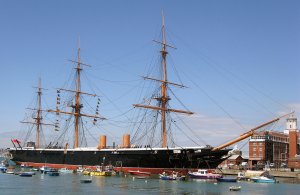
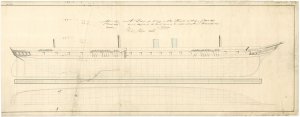
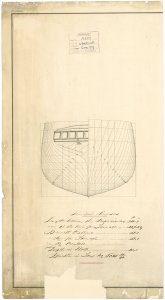

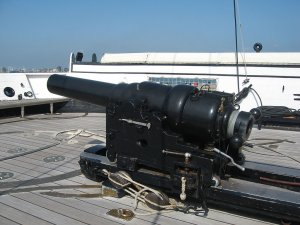
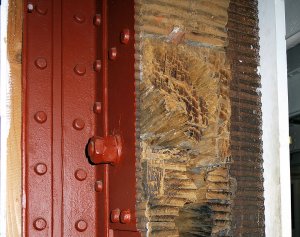
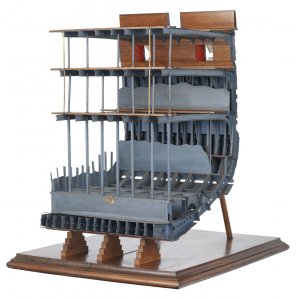
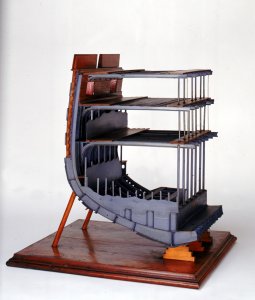
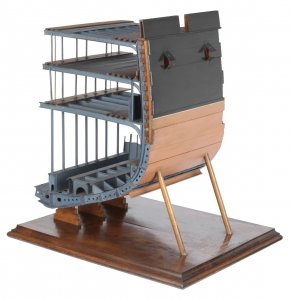
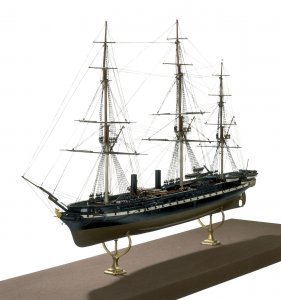
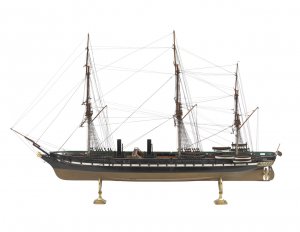
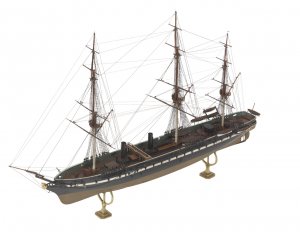
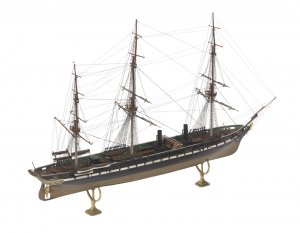

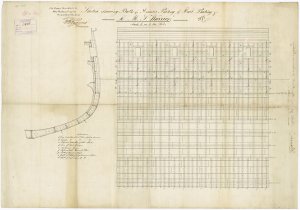
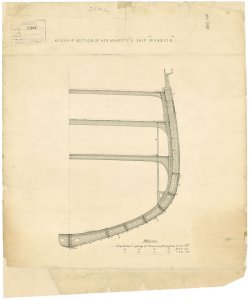

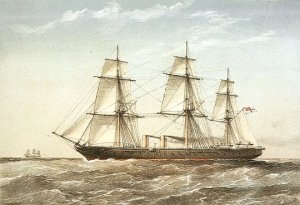
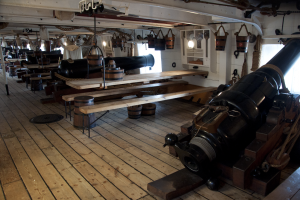
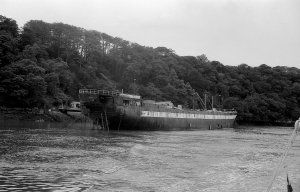
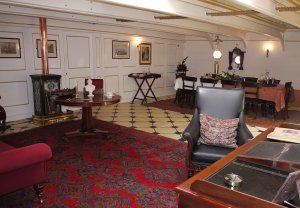
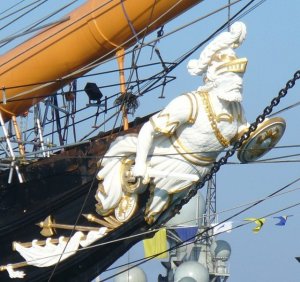

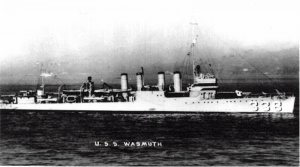
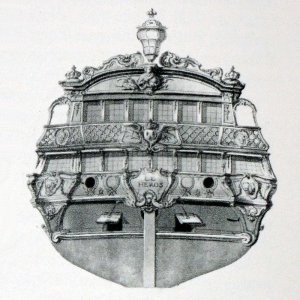

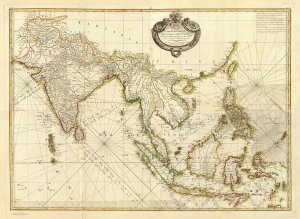
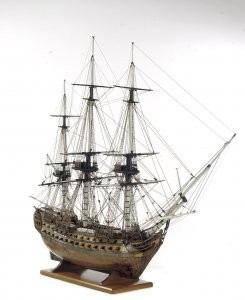
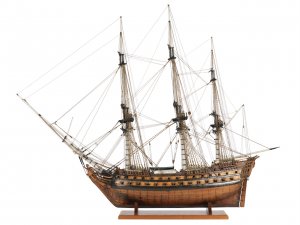
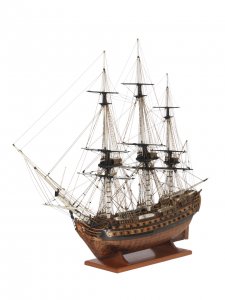
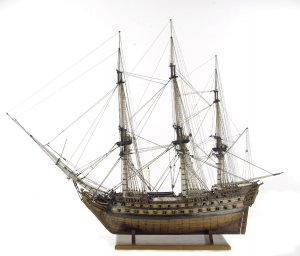
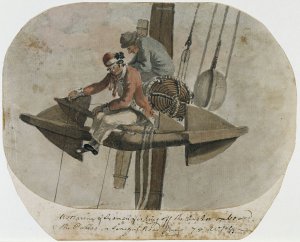
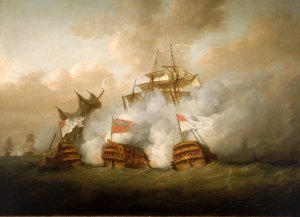
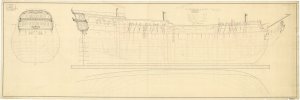
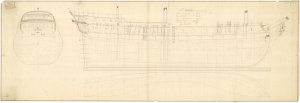
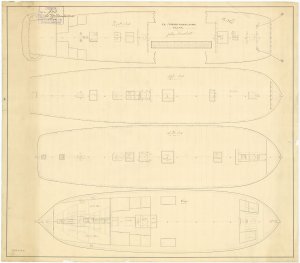
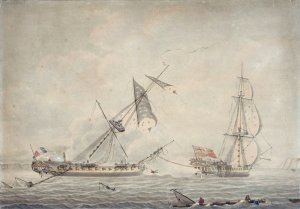
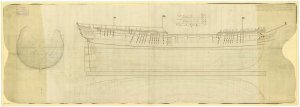
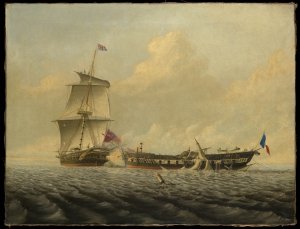

 from the French expedition of 1796, discovered off northeast of Whiddy island, Bantry Bay, 1981.
from the French expedition of 1796, discovered off northeast of Whiddy island, Bantry Bay, 1981.